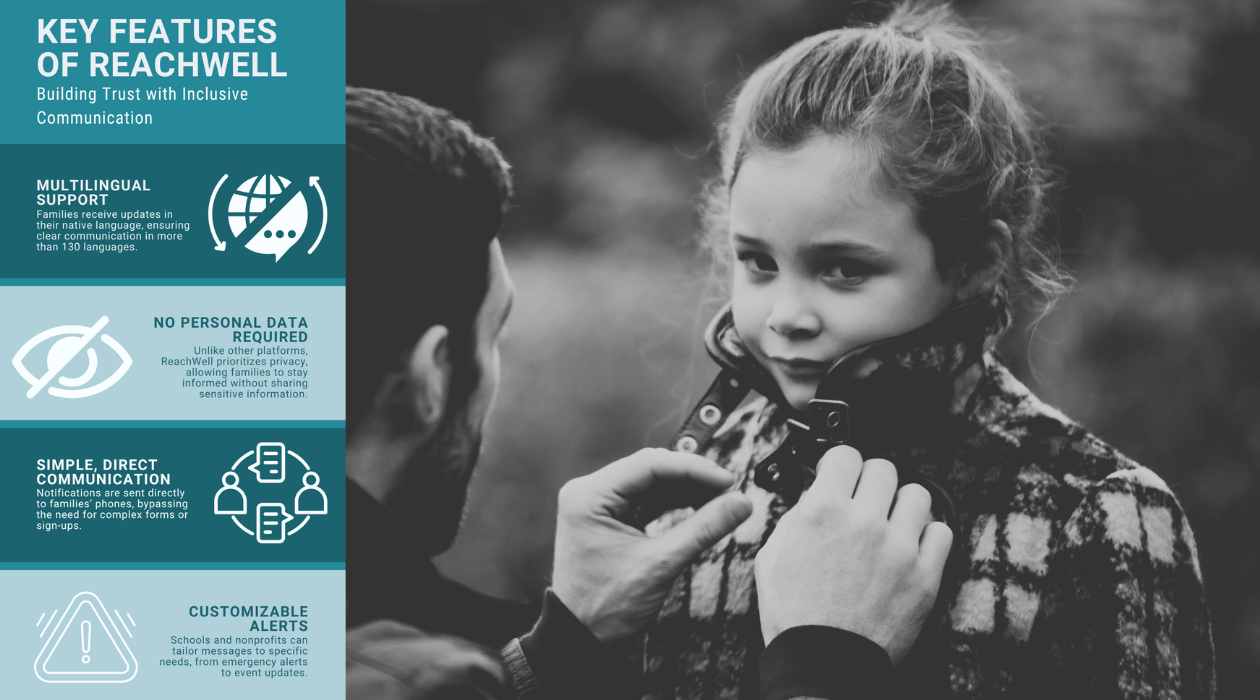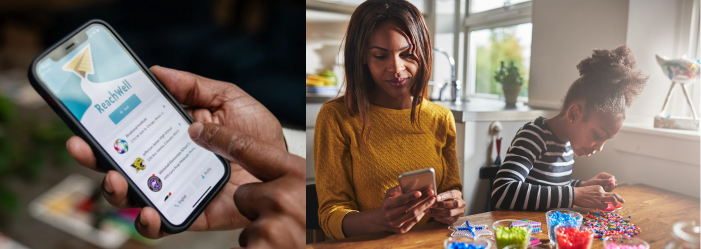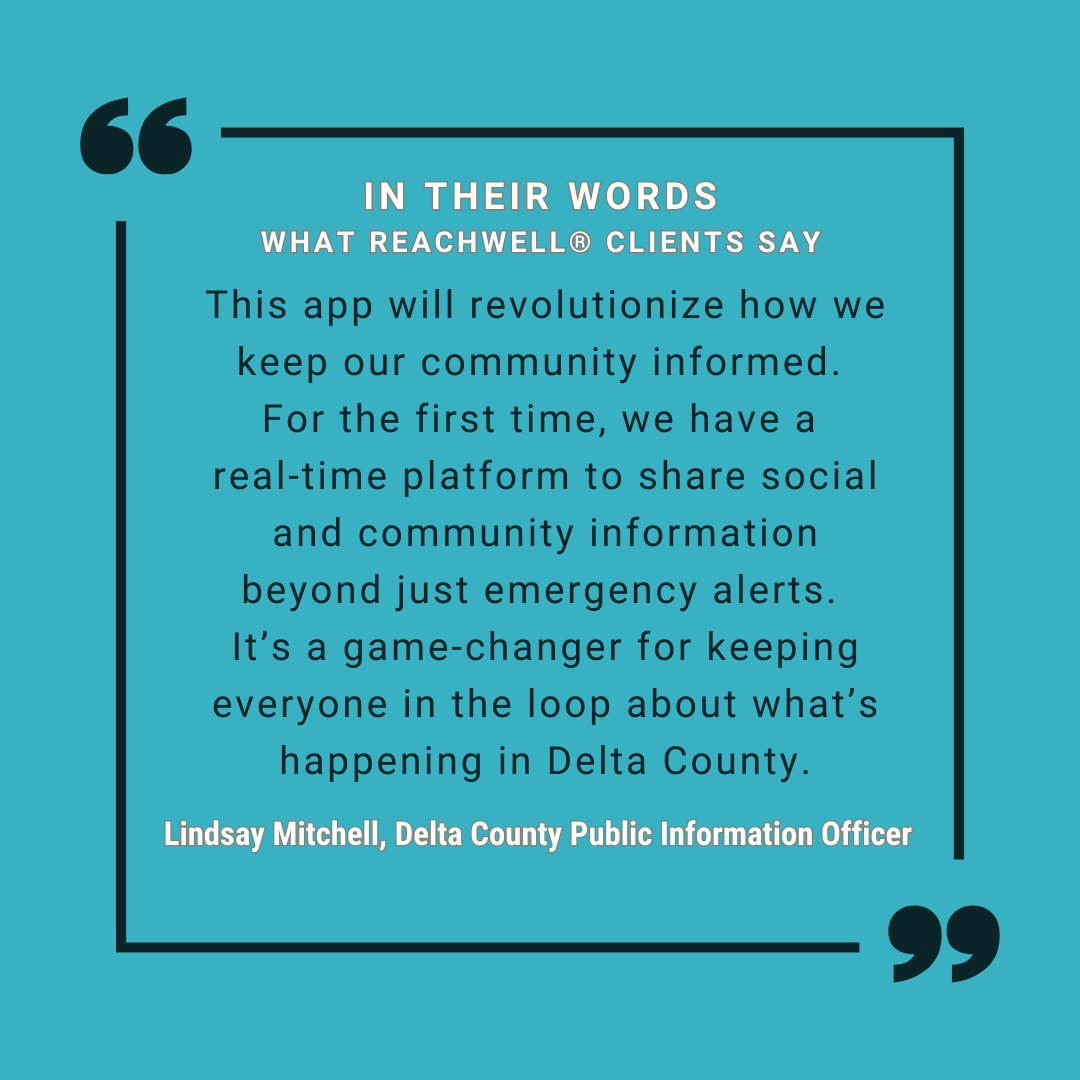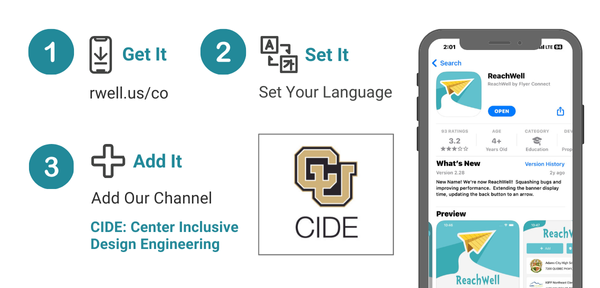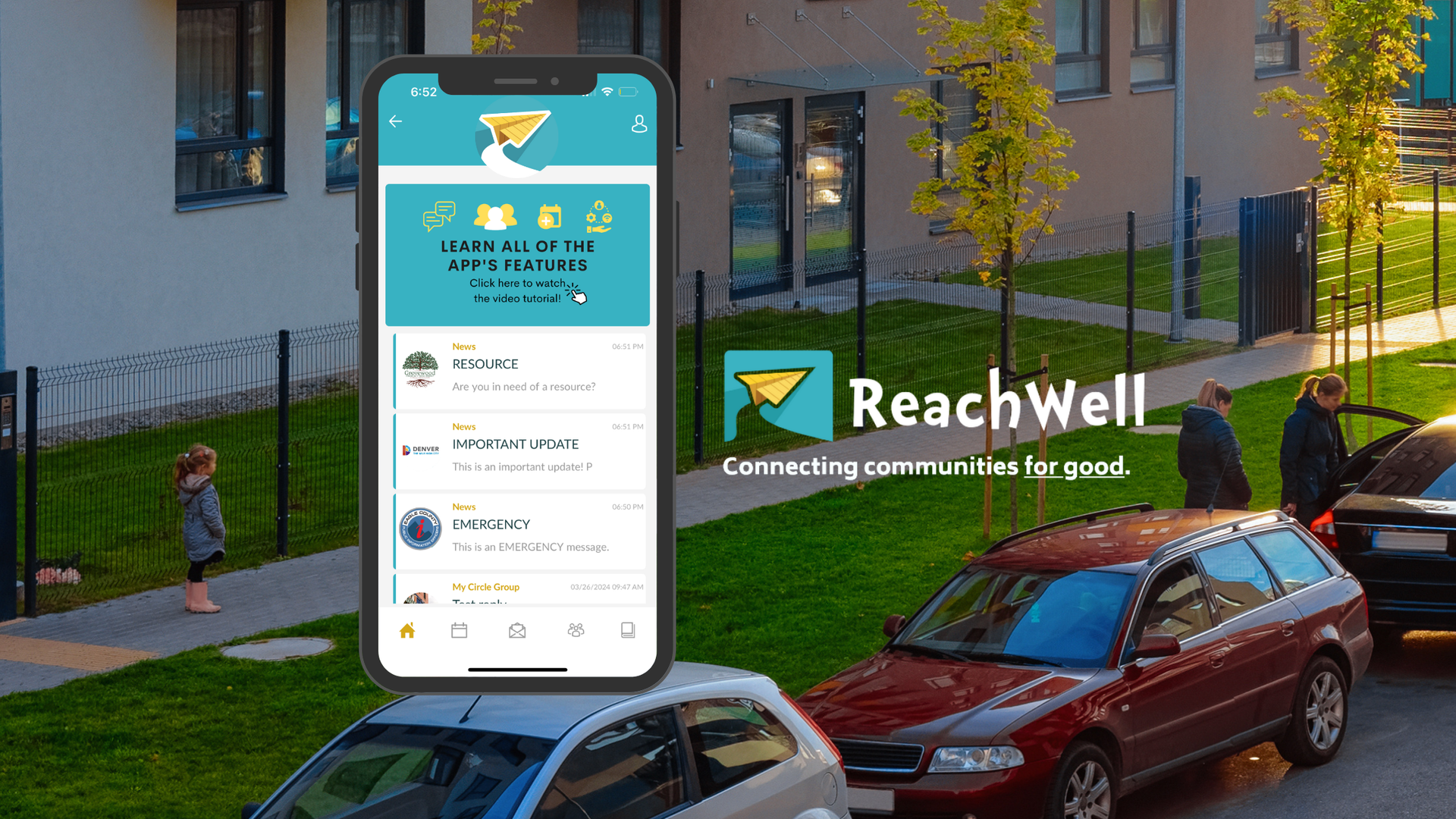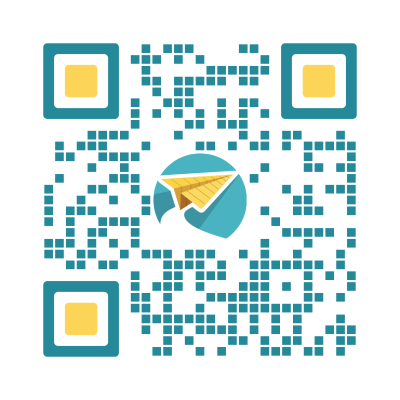The Top Resources Families Want
We conducted a focus group with families in San Antonio, TX and looked at our app's click data. Here's what we learned about the resources they want.

We live in a time of information inundation. As a result, our red flags easily go up with immediate skepticism of new messages that come our way. That can create a challenge for schools who want to get important resources out to families. As one parent in the focus group said, “If it feels too much like spam, I’ll get desensitized, and won’t look at your messages!”
So, then, what do families care about?
- Accessing Grades through the Parent Portal: Out of all resources on the Flyer app, the parent portal is by far the most visited, with 67% more clicks than our next most visited link. That’s no surprise: families want an easy way to stay informed on how their child is progressing at school.
- Tutoring Resources : Families in the focus group emphatically yelled out, “yes, definitely!” when asked if they would like their school to share information about tutoring opportunities in the area.
- Your School’s Specific Academic Resources : As we dug through our click data, we noticed that visits to online academic tools far outnumbered visits to health and wellness websites. Families in the focus group gave us even more insight. Providing academic resources isn’t enough. They want to know that the resources align with their child’s activities at school. So when families click to a page like Khan Academy, if they have any uncertainty that it’s related to their child’s classroom content, they were not likely to revisit the website.
- Other Resources Families Want: During the focus group, families also said they would like to get information about after-school activities, youth services, mental health, and immigration resources.

Government distrust is at an all-time high. Many residents are wary of sharing their personal information with public agencies, often due to fears of surveillance, spam, or data misuse. This hesitation is especially acute among low-income and unhoused individuals who frequently change phone numbers due to service lapses, making traditional outreach efforts ineffective. Most public communication systems fall short. They rely on platforms like Mailchimp or Constant Contact, which get lost in crowded inboxes. Social media, while pervasive, is designed to harvest data and push ads—not to protect user privacy. Even emergency alert systems often require residents to sign up and share their location, further eroding trust. Text messaging, often called the holy grail of communication, is no longer a guaranteed solution. People guard their phone numbers carefully, especially when interacting with the government. They fear being spammed or having their data sold. So how can agencies inform and protect the public without breaching their trust? A New Approach to Community Communication Using ReachWell's extensive experience and broad customer base, here are some recommendations to consider when engaging your community in a less intrusive yet more effective manner: Offer Communication Choices : Let residents decide how they want to receive information—whether it's through text, email, voice calls, app notifications, or a combination. This respects personal preferences and helps reduce message fatigue. Respect Anonymity : Not everyone wants to share personal contact details. Provide anonymous access to messages via public channels or apps that don’t require identifying information. Support Multilingual Access : Language should never be a barrier to safety or services. Translate messages into the primary languages spoken in your community, and consider text-to-speech options for low-literacy audiences. Allow Topic Subscription : Let people select specific topics or groups they care about. Targeted messages reduce noise and increase engagement. Minimize Data Collection : Collect only the data you truly need. Avoid tracking location or behavior unless absolutely necessary—and be transparent about what is collected and why. Ensure Accessibility : Meet or exceed accessibility standards (such as WCAG 2.2 AA compliance) so all residents, including those with disabilities, can access and understand public messages. These practices foster trust, improve message delivery, and help ensure no one is left out of important conversations—especially in moments of crisis or community need. Expanded Real-World Examples: Trusted by Diverse Communities El Paso County, CO (Colorado Springs area) uses ReachWell to distribute emergency alerts—including shelter-in-place orders and missing persons reports—in over 130 languages. Residents can receive alerts even without providing contact information. The Town of Carbondale, CO keeps its multilingual and low-literate residents informed of community events, social services, and public works projects using WCAG 2.2 AA-compliant messaging and text-to-speech capabilities—ensuring no one is left behind. Tucson, AZ : Child-Parent Centers, a Head Start provider, uses ReachWell to keep 500+ staff updated on safety alerts, training sessions, and HR notices across 130 languages—building internal trust through inclusive communication. Boulder County Housing Authority ensures ongoing connection with residents—even after their contact information changes—by sending updates about emergencies, upcoming maintenance, and resident services using ReachWell’s multilingual and anonymous outreach tools. Conclusion Building trust with residents starts with giving them control. When governments let people choose how they connect, what they receive, and in what language—trust grows. ReachWell is proving that communities can be kept safe and informed without sacrificing privacy or accessibility. When people don’t trust the system, it’s time to change the system. ReachWell is doing just that. BOOK A DEMO TODAY





